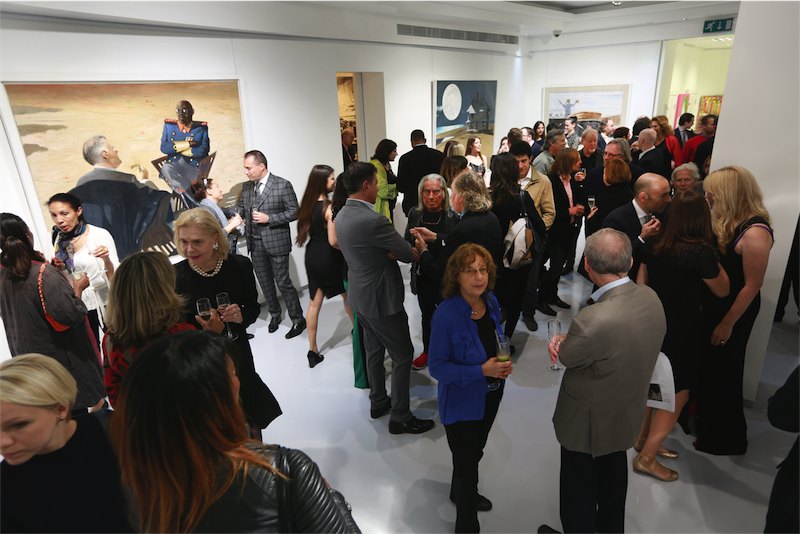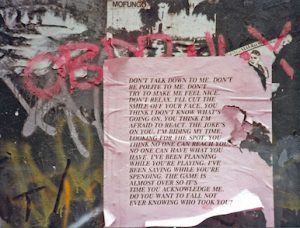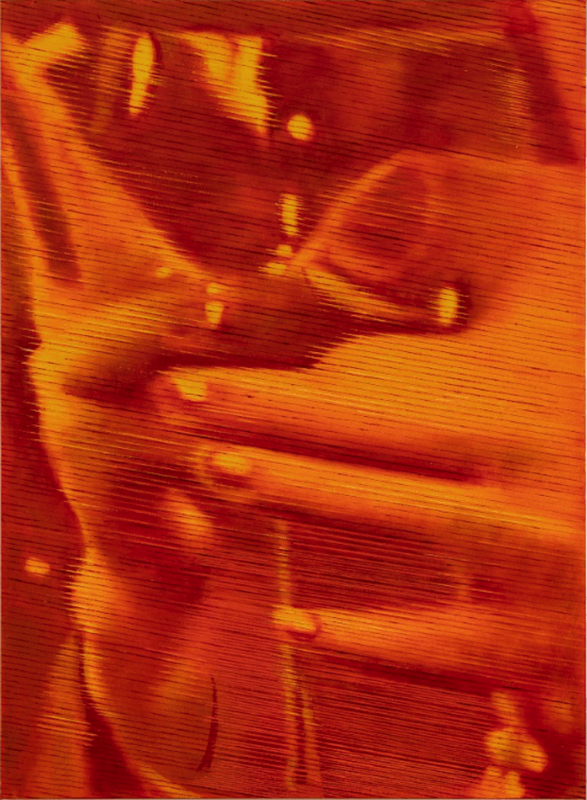
Art shows are a great time. They are a place to appreciate, experience, and interpret art and they give us an opportunity to expand our mental horizons. Aside from this, they also provide a space to be social and network with like-minded individuals.
As anyone who has ever tried would know, organizing an art show is no easy feat. There is a whole range of things that are imperative to it running successfully. If you try to simply “wing it”, then you’re setting yourself up to fail. In this piece, we take a look at how to organize a successful art show, with logic that can be applied to both professional, and amateur shows.
- Consider location
When putting on an art show, you are going to need to organise a venue. Whether this is in East London or you are looking for a gallery space for rent Singapore, location and cost are two factors that cannot be ignored.
A few things need to be considered when it comes to location:
- Is it easily accessible by public transport? Remember, if people can’t get there, they probably won’t come.
- Is it nestled in a hub of creative spaces? Maybe this is Melbourne’s Collingwood, London’s Bethnal Green Road, or Tokyo’s Shimokitazawa – regardless, your event will breathe deeper when surrounded by like-mindedness.
- Is it near a busy urban area? Art shows are often afternoon or early evening events and are visited by people on their ways home from work. Will you attract a portion of this crowd?
When it comes to cost, this is when it becomes a bit of a balancing act. What factors with location do you value most? Take those, and try to find an option that is affordable.
- Curatorial theme
Remember, that as much as art is about engagement, entertainment is also a big part of its presentation. Now, “entertainment” is an entirely subjective concept, and sparing a consideration for this does not mean “selling out” and presenting something for the masses. However, it does mean that a sense of coherency is key.
Think about the medium being presented. If you are featuring video installations, then this will likely require dimmed lights for projections, meaning that painting or sculptures will be less visible.
Theme is also of great importance. For example, a lot of art is political, and exhibiting opposing views in the same room may create an unintended tension between artists and patrons. Also, don’t be afraid to think outside of the box, many of the biggest influences in the art world went against the grain. (1)
- Get a drinks sponsor
An added bonus of attending art shows is that they often come with complimentary, or heavily subsidised, alcohol. This is a win-win for all parties: patrons get to have a drink, the organizers attract more people, and the sponsor gets exposure for their product.
At the end of the day, any enterprise can enter into a sponsorship or partnership with an event, but alcohol tends to be a favourite pairing. Alcohol is ideal for a few reasons:
- It’s a social lubricant: After a few drinks, people get talking. This is perhaps to one another, or about the art
- Alcohol releases endorphins: The release of endorphins helps people to have a good time, leaving them with fond memories of their experiences with your event
- Alcohol can make patrons more generous: A lot of art shows intend to sell work. Loosening up patrons with a few drinks can be a good way to get them to spend big (2)
- Find the right artists
This task is going to take a degree of initiative and personal expertise in the fields you are hoping to exhibit. Some of us may have seen the “Hey! If anybody wants to exhibit, please DM” posts on social media. If this is your artist recruitment process, then you are probably going to have a helter skelter arrangement of mismatched and subpar work on display.
Think about who you want to exhibit and why. What medium does their work take, who is it aimed at, is it of substance, and does it fit the space and theme of the event you are organising. Don’t be afraid to reach out directly to those you think would fit the bill, and be assertive in getting them to participate.
- Promote the event across the socials
If you’re putting on an event and its success depends on the turnout, then you need to drop any pretence of modesty and spread your event throughout social media and the internet more generally.
There are no shortage of tips on how to use social media, but some good ideas include:
- Don’t forget that it’s real humans on the receiving end of your posts
- Use digital PR tactics to get re-shares
- Design eye-catching images that are “sharable” and contain a call-to-action
By following these steps, your art show should be memorable, profitable, and a roaring success for all those who partake.
References
- “Independent Group”, Source: https://www.tate.org.uk/art/art-terms/i/independent-group
- “How alcohol makes you friendlier – but only to certain people”, source: https://theconversation.com/how-alcohol-makes-you-friendlier-but-only-to-certain-people-41730







